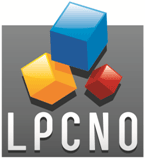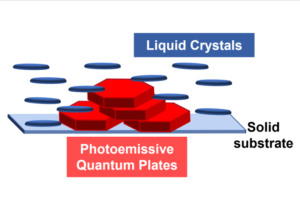Research project selected under the 2022 call for proposals

Principal Investigator : BONIELLO Giuseppe
Involved Teams :
- LPCNO / Nanotech
Type of project : Disruptive Project
Date (start/end) : 2021 – 2024

Directed assembly of colloidal nanoparticles, i.e. the ability to finely localize them into specific areas of a solid surface, is a mandatory step to further use them as pertinent building blocks for the active area of nanodevices, such as sensors, strain gauges or photoemissive devices [1]. Even more interesting, in the case of anisotropic nanoparticles, would be the possibility to control their orientation during deposition processes. This would allow to stack the colloids into ordered assemblies, with advantages in terms of compactness of the structure, increased mechanical stability, oriented mesoscopic properties, and their enhancement provided by the uniform arrangement of the building blocks.
To tackle this challenge, the project ORIENTER aims at developing a new generic technique to finely direct and orientate the assembly of colloidal nanoparticles onto solid substrates by exploiting the stimuli responsive and elastic properties of liquid crystals (LCs) [2]. The study would focus on a model system composed by highly photoluminescent anisotropic quantum plates (QPs) dispersed in the nematic 4-Cyano-4’-pentylbiphenyl (5CB) LCs. Due to the action of LCs, it would be possible to impose an orientation to QPs, actively modulate it, and assist the ordered deposition of nanoparticles onto substrates.
Information about QPs orientation in suspension or assembled on the substrate can be extracted by their response to polarized incident light, or by analyzing the polarization of emitted signals. To realize these observations, a new dedicated experimental set-up based on polarized optical microscopy is going to be implemented in the lab.
References
[1] Grzelczak, M., et al. (2010). Directed self-assembly of nanoparticles. ACS nano, 4(7), 3591-3605. doi:10.1021/nn100869j
[2] De Gennes, P.G. and Prost, J., 1995. The physics of liquid crystals Oxford Univ. Press New York
